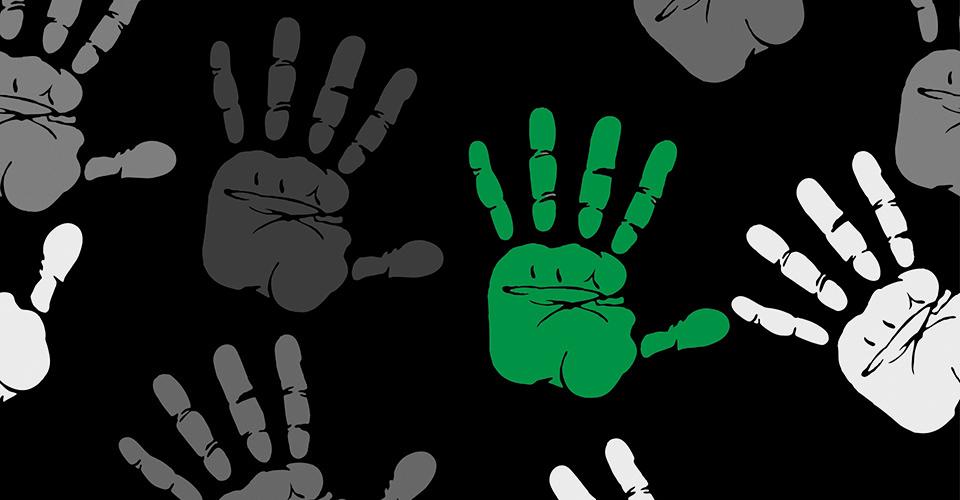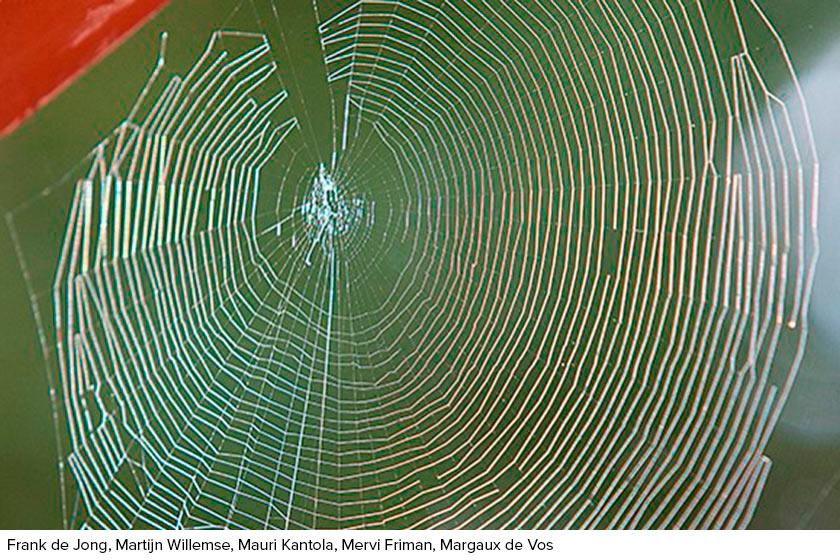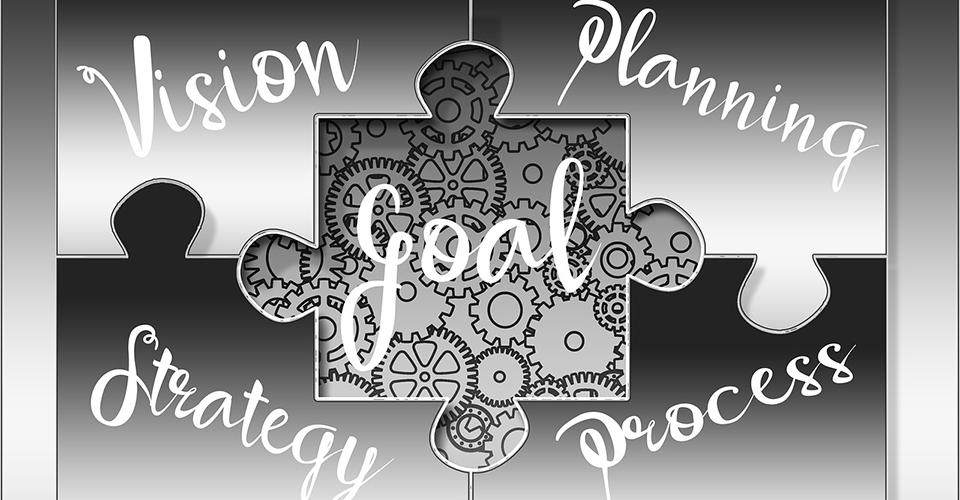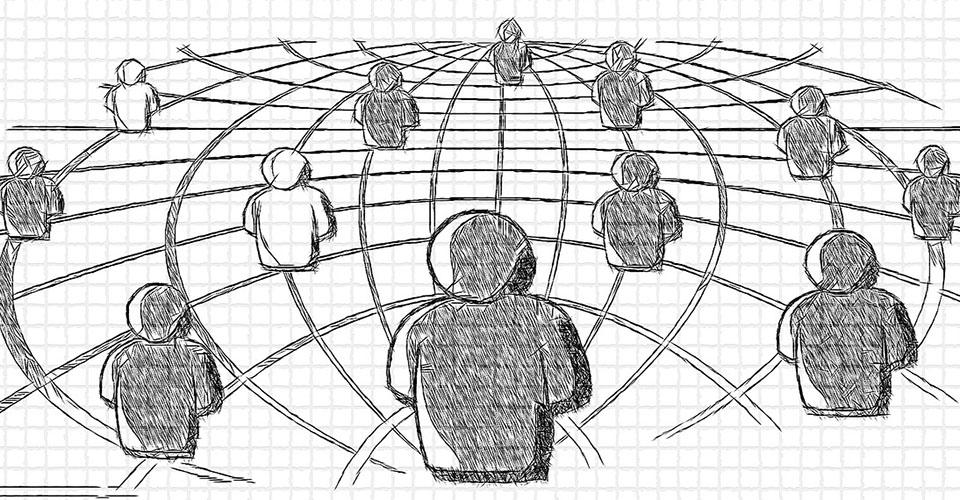
Turo Kilpeläinen
Improving the earth’s carrying capacity is an important part of our work and life. Society, companies and funders already require universities of applied sciences to provide evidence on the sustainability and responsibility of their operations. Young people are increasingly aware of their future, which is a good thing.
It is true that human actions are testing the boundaries of our planet’s sustainability. As we gain more information, we must be able to assess our own choices and habits. For example, we need to be able to reduce the rate of growing carbon dioxide levels in our atmosphere to stop the loss of biodiversity.
We have the responsibility and the need to find the motivation and skill to develop solutions to improve the state of things. Competence and awareness of your role as part of a larger entity – the world – is one of the key forces of change.
Universities of applied sciences are committed to the implementation of Arene’s programme Sustainable, responsible and carbon-neutral universities of applied sciences. When we work together, we are not alone in trying to find solutions to a complex and multidimensional problem. Organisational commitment, joint development measures and increased awareness are all well and good, but without individuals’ contributions, we will not be able to make enough progress quickly enough.
Universities of applied sciences have 10,000 permanent employees. Our operations produce a significant carbon footprint, and each of us is responsible for reducing it. Within the framework coordinated by Arene, we have increased awareness of the carbon footprint calculations done by universities of applied sciences and created a common calculation model. From now on, each university of applied sciences will calculate its carbon footprint annually and make plans and implement measures to reduce it. Over the years, the impacts of our actions will be evident in the reduction of our carbon footprint.
A reduced carbon footprint is only a small part of the opportunities for universities of applied sciences to influence the state of the world. Another common goal is to increase the handprint that supports the sustainable development of our society and business and industry.
The biggest individual demonstration of the strength of cooperation is that sustainability and responsibility are part of the skillset of every student graduating from a university of applied sciences. With 30,000 students graduating each year, they have the power to change society; besides their field-specific competence, graduates have the skills to make choices related to sustainability and responsibility.
In addition to education, universities of applied sciences also cooperate in research, development and innovation activities (RDI) with 15,000 partners in business and industry. By ensuring the inclusion of sustainability and responsibility in all RDI activities, universities of applied sciences effectively transfer their competence to industry practices throughout the labour market.
The prerequisites for growing our handprint are created in the internal operating models of universities of applied sciences, such as management. The continuous development of management is a characteristic of a good, developing and healthy work community. Promoting the practices of management and competence development is part of the work coordinated by Arene.
The goal set by Finland to achieve carbon neutrality by 2035 is challenging, but completely possible. It is about our everyday choices. This is the future that we will leave after us. The communities of universities of applied sciences are part of the solution, together.
Author
Turo Kilpeläinen
President
LAB University of Applied Sciences






